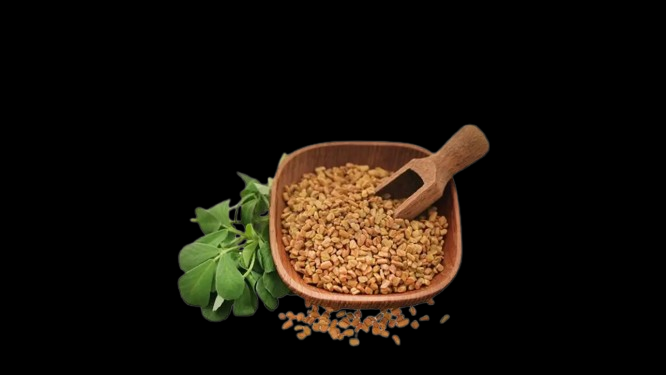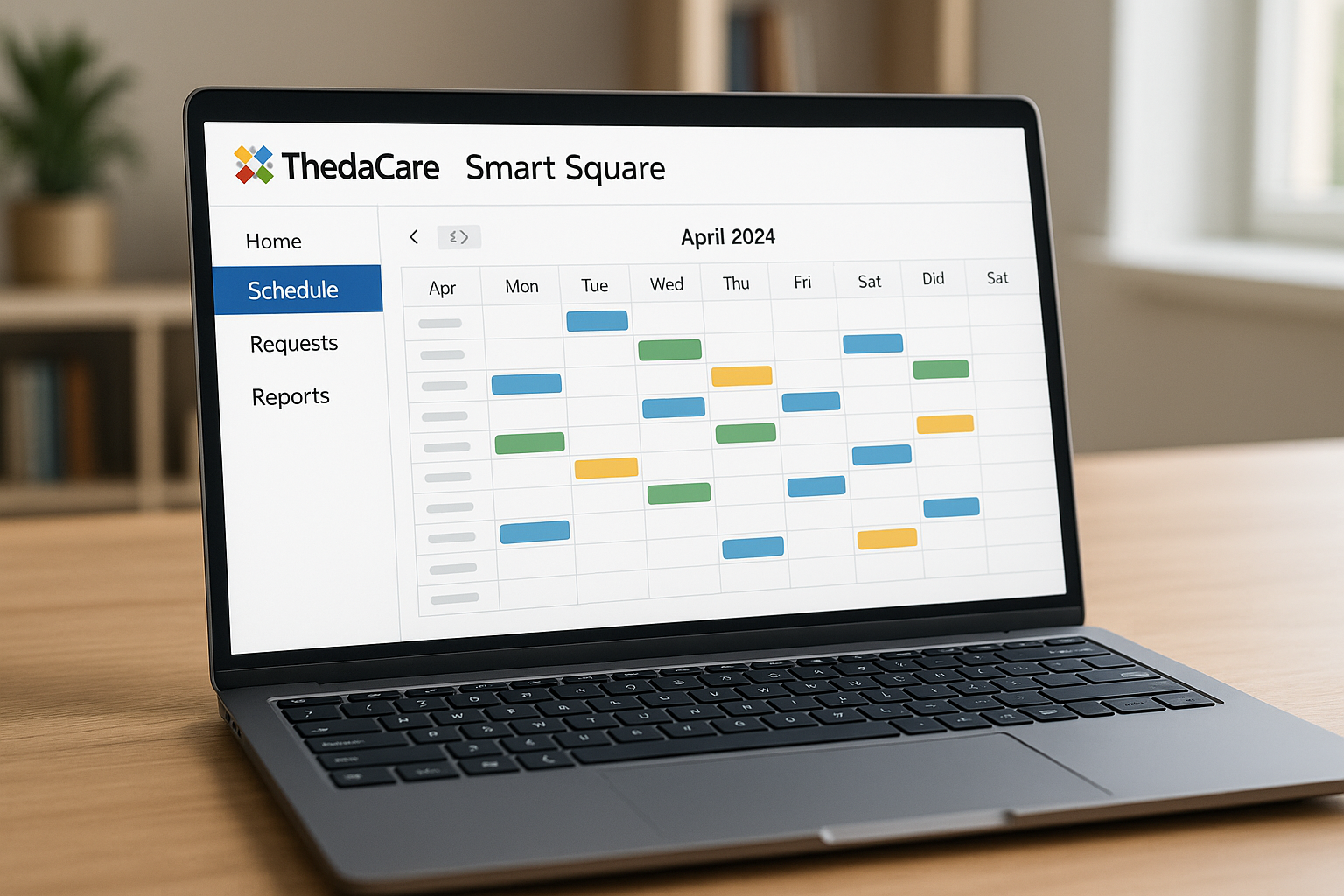In the world of herbs and natural health-boosting foods, foenegriek is gaining momentum—and for good reason. Also known by its more familiar name “fenugreek,” this little seed packs more than just flavour—it carries a history, a robust nutritional profile, and growing scientific interest. This article explores foenegriek from every angle: what it is, why people are paying attention, its key benefits, how to use it, and important safety considerations. If you’re looking for a natural ingredient that genuinely supports health and vitality, foenegriek may be worth knowing.
What Is Foenegriek?
Foenugreek (Trigonella foenum-graecum) is a small annual herb in the legume family, cultivated for its seeds and leaves. It has been grown in the Mediterranean and South Asian regions for thousands of years. It has a distinctive aroma—often described as nutty or slightly maple-like—and the seeds are typically golden to amber in colour. While its culinary role is well-known (especially in Indian and Middle Eastern dishes), the growing interest lies in its potential health-promoting properties.
Historical Roots and Traditional Use
The story of foenegriek stretches back to ancient civilisations. Archaeological evidence suggests its use in early agricultural societies, and in traditional systems like Ayurveda, foenegriek has been used for digestion, vitality, lactation, and more. Across cultures, the seeds were prized both as flavour-giving and therapeutic. This long tradition adds depth to the modern interest—it’s not just another trendy new “superfood,” but one rooted in time-tested use.
Nutritional and Phytochemical Profile
What makes foenegriek special is the combination of nutrition and bioactive compounds. The seeds offer a respectable amount of protein, dietary fibre, iron, magnesium, manganese, and other trace minerals. On the phytochemical side, foenegriek contains saponins, flavonoids, alkaloids (such as trigonelline), and galactomannan fibre—all of which are believed to contribute to its health benefits. The synergy of nutrients plus active compounds means foenegriek is more than just “nutritious”; it’s “functionally nutritious.”
Health Benefits Backed by Research
Blood Sugar and Metabolic Support
One of the most promising areas of foenegriek research involves its effect on blood sugar and metabolism. Studies show that the soluble fibre and compounds like trigonelline help slow carbohydrate absorption and improve insulin sensitivity. For people with insulin resistance or type 2 diabetes, foenegriek may offer complementary support (though not a replacement for medical therapy).
Digestion and Gut Health
Foenegriek’s high fibre content and mucilaginous properties are beneficial for digestion. Its ability to form a gel-like texture when soaked means it can slow transit time, improve bowel regularity, and support gut lining health. Traditionally, it has been used for indigestion and heartburn, and modern nutrition experts echo that potential.
Hormonal and Lactation Support
Another key traditional use is foenegriek’s role in lactation: nursing mothers have used it to help boost milk production. Some studies suggest it may stimulate prolactin or mimic mild hormonal activity in supporting milk flow. Additionally, there is emerging interest in how foenegriek may support hormonal balance for both women and men, though more rigorous human studies are needed.
Heart and Cholesterol Support
Foenegriek also shows potential in cardiovascular health. Some evidence suggests it may help reduce total cholesterol and triglyceride levels, thanks to the saponins and soluble fibre, which can affect cholesterol absorption and elimination.
Skin, Hair, and Overall Vitality
Foenegriek is also used in hair and skin care—both internally and topically. The antioxidants and other compounds may help combat oxidative stress, support healthier skin, and contribute to hair follicle strength. While these uses are less studied than metabolic ones, they reflect the broad appeal of this herb.
How to Use Foenegriek in Daily Life
Incorporating foenegriek into your routine can be both flavorful and practical. Here are a few ways:
- Seed form: Toast the seeds lightly to bring out the nutty flavour, then grind or sprinkle them into curries, soups, or breads.
- Powder or supplement: Many find convenience in powdered foenegriek or capsules—especially when targeting specific health goals like blood-sugar support.
- Infusions or teas: Steeping one to two teaspoons of seeds in hot water makes a mild foenegriek tea, often used for digestion or lactation support.
- Leaves (fresh or dried): In some cuisines, fresh fenugreek leaves (often called “methi”) are cooked like greens. Dried leaves can be added to dishes as an aromatic boost.
When starting, use small amounts—primarily to assess tolerance and taste. Because foenegriek has a somewhat bitter, earthy flavour, combining it with other spices or foods helps balance it.
Potential Side Effects and Safety Considerations
Even natural ingredients can carry risks or require caution—and foenegriek is no exception.
- Blood sugar interaction: Because foenegriek may lower blood glucose, those on diabetes medications should monitor closely and consult a healthcare provider before increasing intake.
- Pregnancy and lactation: While foenegriek is used traditionally for lactation, high doses during pregnancy may affect uterine contractions. Pregnant women should seek professional guidance.
- Allergies: People with legume or peanut allergies may react to foenegriek. Some minor side effects reported include stomach upset, bloating, or a distinct “maple syrup” odour in sweat or urine.
- Medication interactions: Because foenegriek may influence blood sugar and possibly hormone levels, its use alongside other medications or supplements should be done under medical advice.
- Quality and dosage: As with all supplements, ensure you choose high-quality products from trusted sources and follow dosage instructions carefully.
Practical Tips and Best Practices
To get the most from foenegriek while minimising risk, keep the following in mind:
- Start with moderate amounts (around one teaspoon of seeds or equivalent) to assess how your body responds.
- Use it as part of a holistic approach—good diet, exercise, and lifestyle habits amplify its benefits.
- Pair foenegriek with other spices or foods for a pleasant flavour experience.
- If using for a specific health goal (like blood sugar control or lactation), track results over time and discuss them with your healthcare provider.
- Choose the form (seed, powder, extract) that best matches your needs.
The Future of Foenegriek and Scientific Outlook
While traditional use and early research make foenegriek exciting, the scientific community is still working to clarify its effects, optimal dosages, and long-term safety. Larger, high-quality clinical trials are needed—especially for uses beyond blood sugar and lactation. As consumer interest continues to grow, we may see more refined foenegriek extracts, standardised formulations, and more straightforward guidelines for different health goals. In that sense, foenegriek is an herb with a foot in both ancient wisdom and modern science—and one to watch for its evolving role in natural health.
Final Thoughts
If you’re exploring natural ways to boost your vitality, support metabolic health, or expand your wellness toolkit, foenegriek represents a compelling option. From its nutrient-rich profile to its diverse traditional uses, it bridges flavour and function.
That said, it’s not a miracle cure—it works best as part of a balanced lifestyle, with thoughtful intake and attention to personal health context. Use it wisely, start modestly, and let foenegriek become one of the powerful but grounded natural ingredients that support your journey toward better health and vitality.
In short, foenegriek is more than just a spice—it’s a seed of potential, transforming the connection between what we eat and how we feel.




